“Gaben” was essentially made in the spirit of Shigeru Miyamoto, Nintendo’s veteran mastermind.
In the past, Miyamoto used to say that a game that is delayed can end up being good, but a game that is rushed is always bad. This theme is also explored in a documentary celebrating the 25th anniversary of Half-Life. The game’s past is also one of the themes, and it’s important to remember that Half-Life, running on the id Tech engine, did not easily make it to store shelves (Steam was nowhere to be found at the time).
Half-Life was originally scheduled for release in November 1997, but a few months before that Valve realized that while there were some interesting ideas and distinct segments, the whole experience was far from fun. “We got into the three months before we were supposed to ship in ’97, and it’s like, this is not gelling. This is really not good. This is like a quick rip-off, cash-grab, stupid, and let’s not do this. There was a lot of disconnect between what all the different groups were doing, what engineering was doing, and what level design was doing, and what animation was doing. We had a bunch of monsters that weren’t supposed to be in the game because no one else was assigned to work on them, and we had a bunch of levels that were like, “What’s supposed to go in here? I don’t know, everybody’s going to do a bunch of stuff. And like, no, it doesn’t work that way,” said Ken Birdwell, an engineer.
The publisher, Sierra, had given Valve a pretty tight deadline, but Mike Harrington, one of the studio’s co-founders, said they weren’t going to let Half-Life out of their hands like that, and knowing full well that the publisher wasn’t going to pay them to continue development, they took a gamble, and today it’s safe to say that the extra work and resulting delay was a jackpot result.
And Gabe Newell’s comment (which also touches on realism) is quite thought-provoking. “Late is only a little while. Suck is forever. We could try to push this thing out the door, but that’s not the company we want to be, that’s not the people we want to be. That’s not the relationship we want to have with our customers. You’d sit in a design review and somebody would say, “That’s not realistic,” and you’d go, “Okay? What does that have to do with – explain to me why that’s interesting. Because in the real world, I have to write lists of things that I have to buy at the grocery store. And I never thought that realism was fun. I play games to have fun.”
The first (and after the leak, the second…) part of Half-Life benefited from the extra time. That is undeniable.
Source: PCGamer

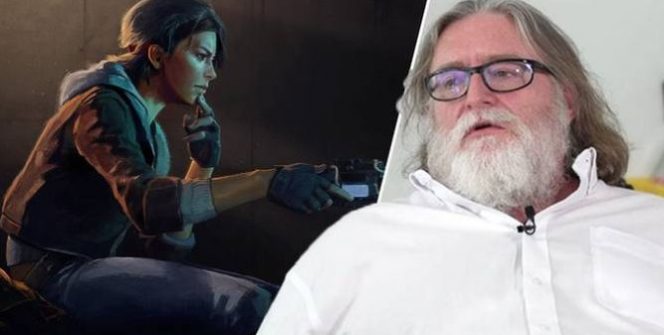


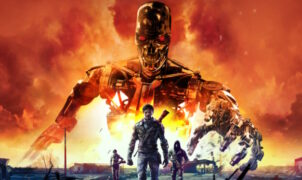


![[TGA 2025] Diablo IV: Lord of Hatred: A Character Class Returns! [VIDEO]](https://thegeek.games/wp-content/uploads/2025/12/theGeek-diablo-4-expansion-2-lord-of-hatred-paladin-skovos-horadric-cube-302x180.jpg)

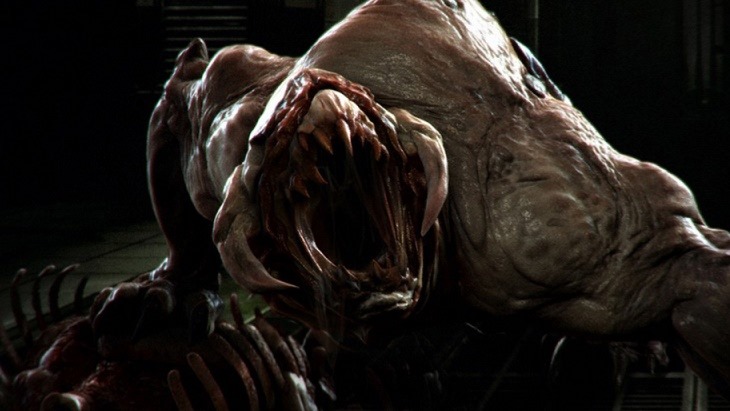


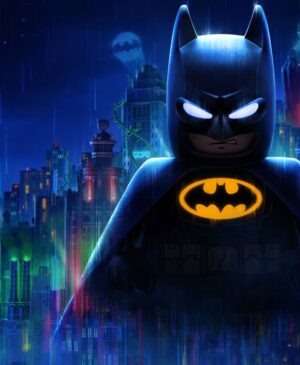

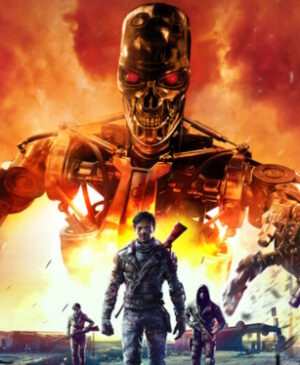
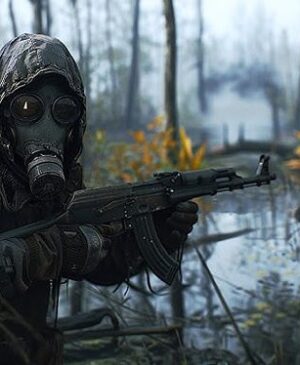
Leave a Reply